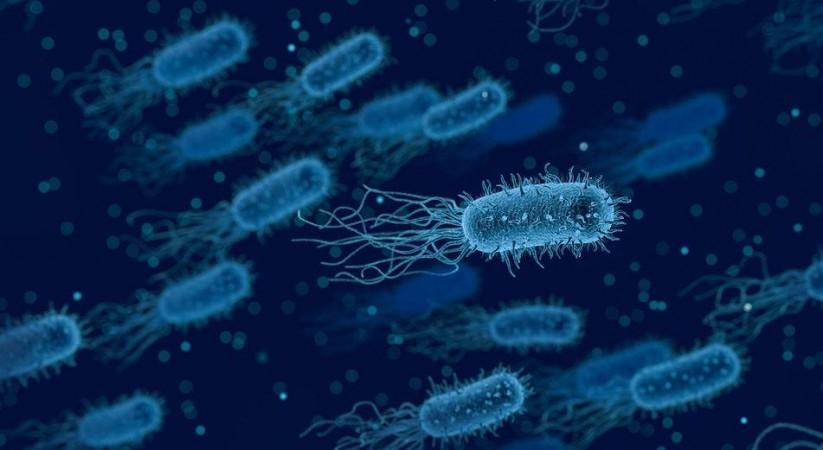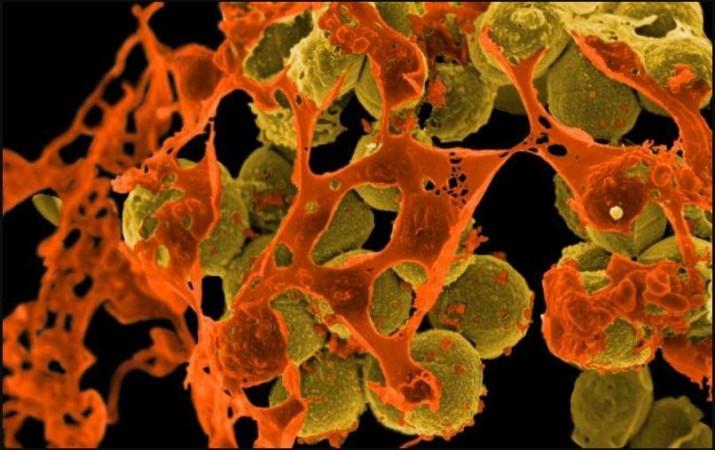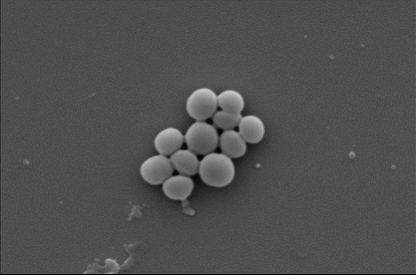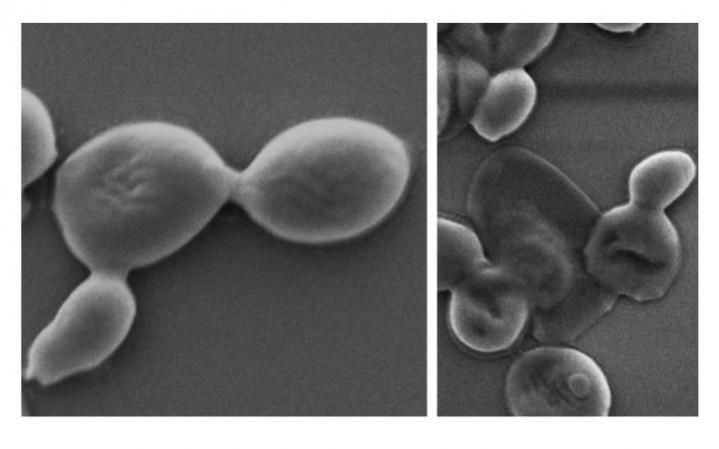While new pandemic-causing pathogens are challenging global healthcare infrastructures, increasing antimicrobial resistance (AMR) among known microorganisms is presenting parallel obstacles.
Providing a potential weapon against such 'superbugs', scientists from RMIT University, Australia, have developed a superbug killing antimicrobial and antifungal coating, that is effective against a broad range of microbes.
According to the authors, the material described—a nanothin coating—is one of the thinnest antimicrobial coatings currently in existence. Despite being deadly against superbugs, the film is not harmful to human cells.

"Our nanothin coating is a dual bug killer that works by tearing bacteria and fungal cells apart, something microbes will struggle to adapt to. It would take millions of years to naturally evolve new defences to such a lethal physical attack," said Dr. Aaron Elbourne, co-lead author of the study.
A Growing Health Concern
A pathogen is considered to possess AMR when it develops resistance against drugs designed to destroy it. Having rendered existing medications such as antibiotics, antifungals, antiparasitics, and antivirals, ineffective against them, they become 'superbugs' that are notoriously hard to kill.
Methicillin-resistant Staphylococcus aureus (MRSA) bacteria (which causes several hard-to-treat infections in different parts of the body) and Candida auris (which causes candidiasis) are examples of such multi-drug resistant pathogens.

Currently, over 700,000 deaths per year are attributed to AMR. If left unchecked, up to 10 million lives per year could be lost by 2050 due to it. Also, the lack of hastened development of antimicrobials could result in healthcare costs of $US100 trillion within the said period.
"These pathogens are responsible for massive health burdens and as drug resistance continues to grow, our ability to treat these infections becomes increasingly difficult," highlighted Dr.Elbourne
Making a Superbug Killer
For the study, the authors turned to an ultra-thin 2D material that has so far received attention only for its potential applications in next-generation electronics—black phosphorus (BP). Studies have suggested that BP may contain some amount of antibacterial and antifungal characteristics.

However, the potential clinical applications of the material have never been examined in-depth. The current research sought to test the antipathogenic properties of BP by spreading nanothin layers at nanogram concentrations on surfaces such as cotton and titanium that are used for wound dressing and surgical implants respectively.
Prof. Sumeet Walia, co-lead author of the study, emphasized that materials which are subject to easy oxygen-supported degradation are ideal for killing pathogens. "BP breaks down in the presence of oxygen, which is normally a huge problem for electronics and something we had to overcome with painstaking precision engineering to develop our technologies," he explained.
Destroying Superbugs with Ease

Through the study, the authors investigated the potency of the BP-laden nanothin layers against five types of bacteria and fungus. The bacteria were: E. coli, Pseudomonas aeruginosa, Salmonella typhimurium, Bacillus cereus, and the superbug MRSA. The fungus tested were: 3 strains of Cryptococcus neoformans, Candida albicans, and Candida auris.
The action of the BP is simple. As BP breaks down, the surface of fungus and bacteria are oxidized. Known as cellular oxidization, this mechanism leads to the disintegration of these pathogens. When the five varieties of fungi and bacteria were subjected to this process, up to 99 percent of the fungal and bacterial cells were killed in only two hours.

Additionally, the self-degradation of BP was also found to commence within the same duration and was completely disintegrated within 24 hours. This is a crucial characteristic of the substance as it assures its non-accumulation inside the body.
Determining Safety for Human Beings
While the antimicrobial effect of BP was potent, the author also ascertained the levels at which the substance did not cause damage to human cells. In order to learn about the cytotoxicity of BP in mammalian cells, the team tested the nanothin coating against human and rat cells.

They found that these cells showed no metabolic changes due to the presence of BP. The researchers have already begun testing various formulations of BP in order to determine its effectiveness on a broad spectrum of surfaces that are associated with medical purposes.
"While we need further research to be able to apply this technology in clinical settings, it's an exciting new direction in the search for more effective ways to tackle this serious health challenge," concluded Dr. Elbourne.








